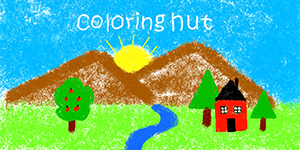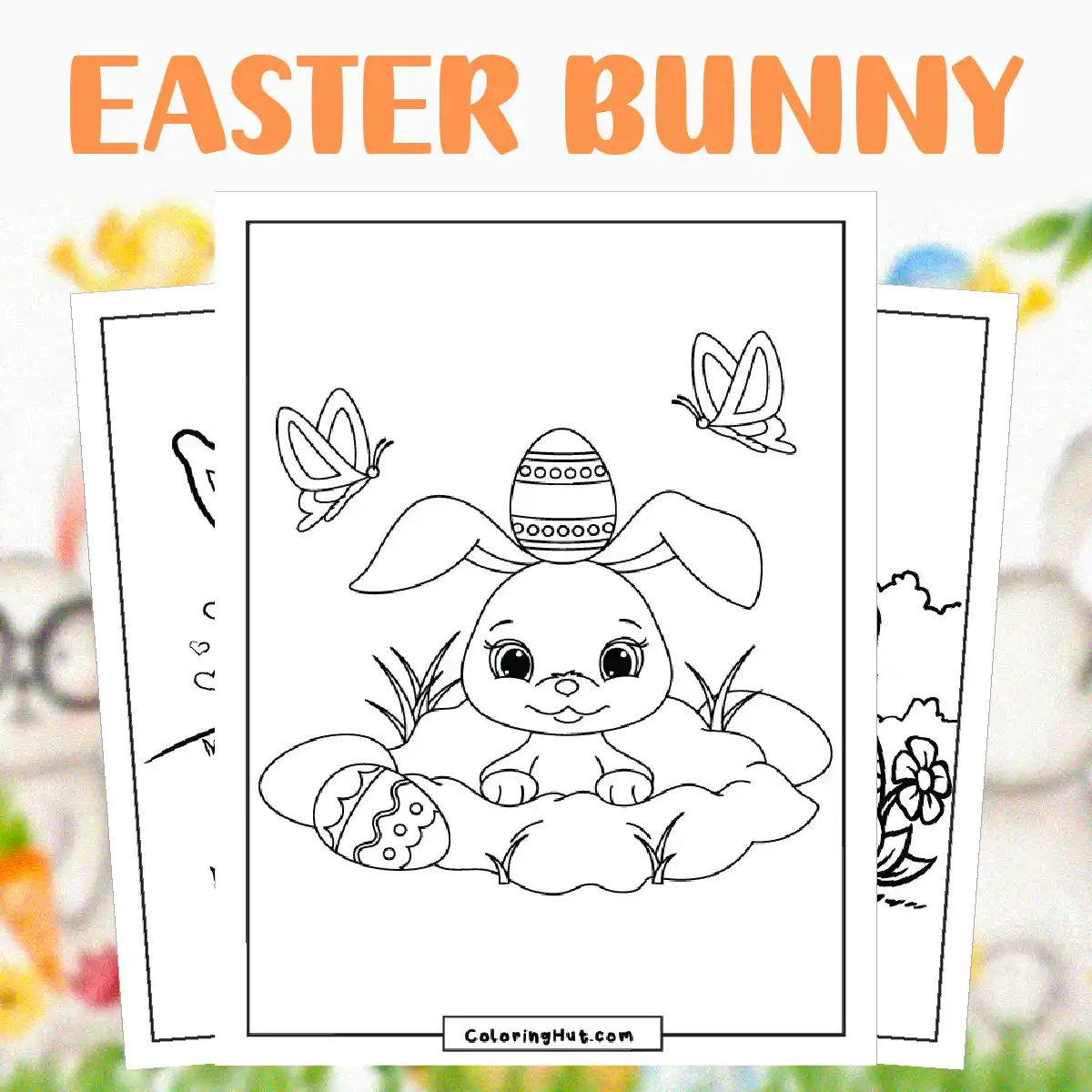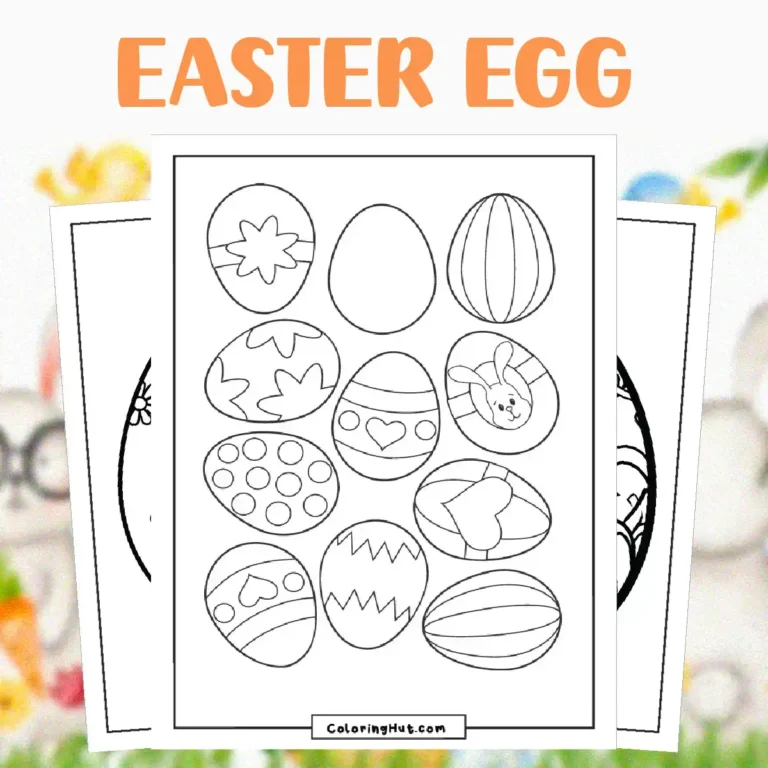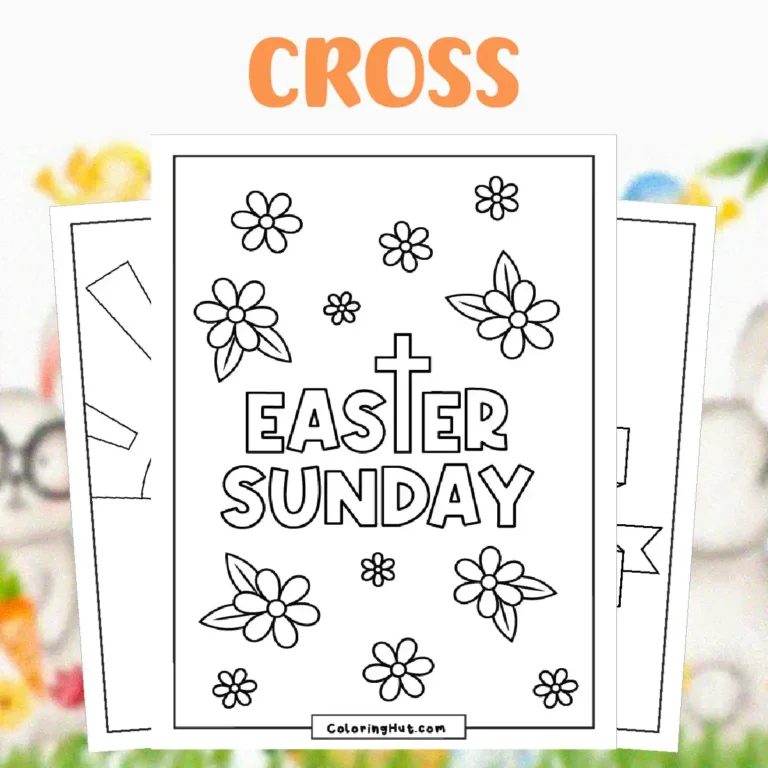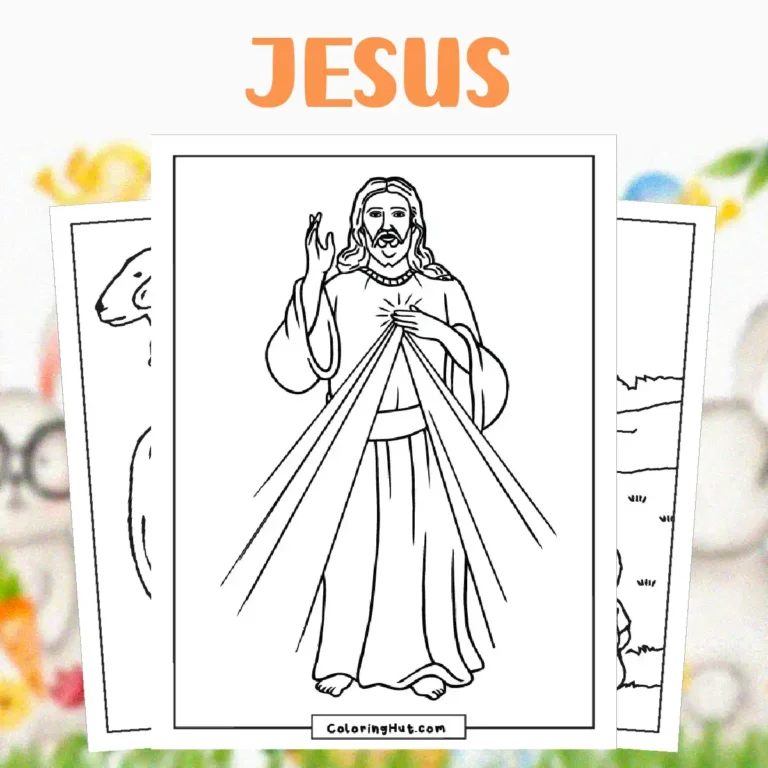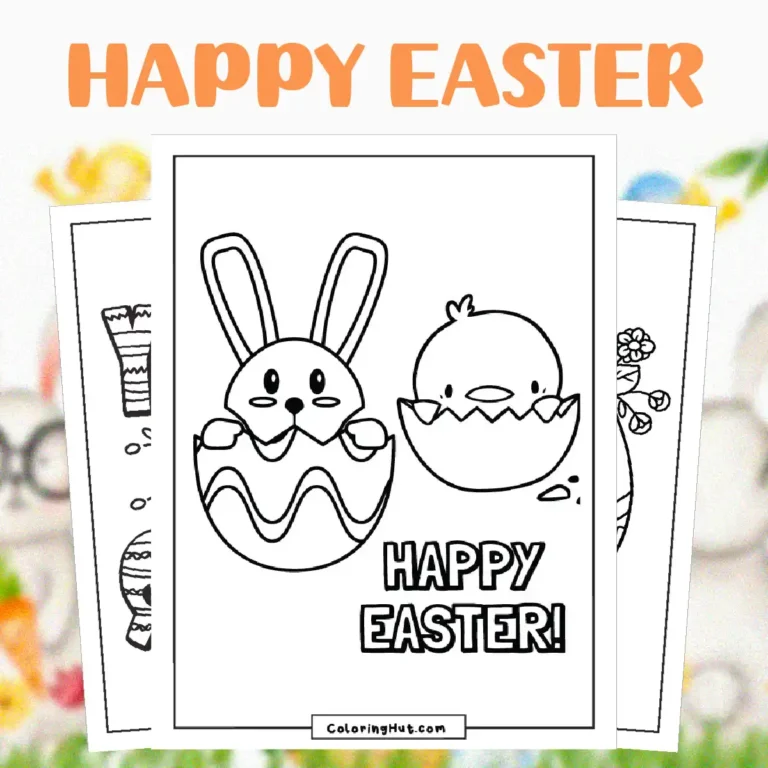Easter Coloring Pages
Coloring is a timeless activity that transcends age, making it a delightful way to celebrate holidays like Easter. In this article, I will guide you through the world of free Easter coloring pages. I will share how to use them, craft ideas, tips for beginners, and even how adults can join in the fun.
How to Use Easter Coloring Pages?
Using free printable Easter coloring pages is an enjoyable and straightforward process that anyone can embrace. It all starts with finding the right pages. Numerous websites offer a plethora of designs. I recommend searching for pages that resonate with your style, whether you prefer intricate patterns or simpler designs. Once you find a page you love, simply download and print it.
Next, gather your coloring materials. Crayons, colored pencils, and markers all work beautifully, but each offers a different effect. For instance, colored pencils allow for finer detail, while markers can create vibrant, bold colors. I like to set up a cozy workspace with all my materials close at hand, ensuring that I can focus solely on the joy of coloring.
Lastly, don’t rush! Take your time to enjoy the process. Coloring can be therapeutic and allows you to express your creativity. So, find a comfortable spot, turn on some music if you like, and immerse yourself in your Easter coloring project. Remember, this is all about having fun and letting your imagination run wild.
Craft Ideas For Easter Coloring Pages
Once you’ve completed your free printable Easter coloring pages, there are numerous ways to turn them into delightful crafts. One idea is to create greeting cards. Simply fold a blank card in half and glue your colored page on the front. This is a lovely way to share your art with family and friends during the Easter season.
Another fun project is to make decorative wall art. Use a frame that complements your coloring page and display it prominently in your home. This not only showcases your creativity but also adds a personal touch to your Easter decorations. I often use this method to brighten up my living space during the holidays.
If you’re feeling particularly crafty, consider creating an Easter-themed scrapbook. You can incorporate your colored pages alongside photos and mementos from your Easter celebrations. This is a wonderful way to preserve memories while also showcasing your artistic side. The possibilities are endless, and each craft project can be a cherished keepsake for years to come.
What Are The Best Easter Pages for Beginner Colorists?
For those just starting with coloring, choosing the right pages can make all the difference. I recommend selecting designs that are not overly intricate. Simple outlines and larger spaces to fill can help you gain confidence in your coloring skills. Look for themes like eggs, bunnies, and flowers, which are often designed for beginners.
Additionally, consider using pages that have limited detail but still allow for creativity. These designs often focus on bold shapes and patterns, making them less intimidating. Once you feel comfortable with these simpler pages, you can gradually move on to more complex designs and techniques.
Finally, don’t forget to explore different styles of coloring. For example, try using only one color for an entire page or experiment with different shading techniques. The key is to have fun and enjoy the process. Coloring should be about relaxation and creativity, so embrace your journey as a beginner colorist.
How Can I Make My Easter Coloring Pages Look Realistic?
If you’re interested in bringing a touch of realism to your free printable Easter coloring pages, there are several techniques you can employ. One of the first things I learned was the importance of shading. Using a lighter hand with your coloring tool can create a gradient effect, which gives depth and dimension to your artwork. Gradually build up the color by layering, allowing for a more lifelike appearance.
Another effective technique is to examine real-life objects and replicate their colors. For instance, when coloring Easter eggs, look at photographs of decorated eggs to see how light interacts with them. This observation will help you choose colors that are more true to life. Mixing colors can also add realism, as many natural objects aren’t just one solid color.
Lastly, consider adding textures to your coloring pages. You can use cross-hatching with colored pencils or create patterns with markers to mimic the surface of different materials. This adds an interesting dimension to your artwork and can significantly elevate the final result.
